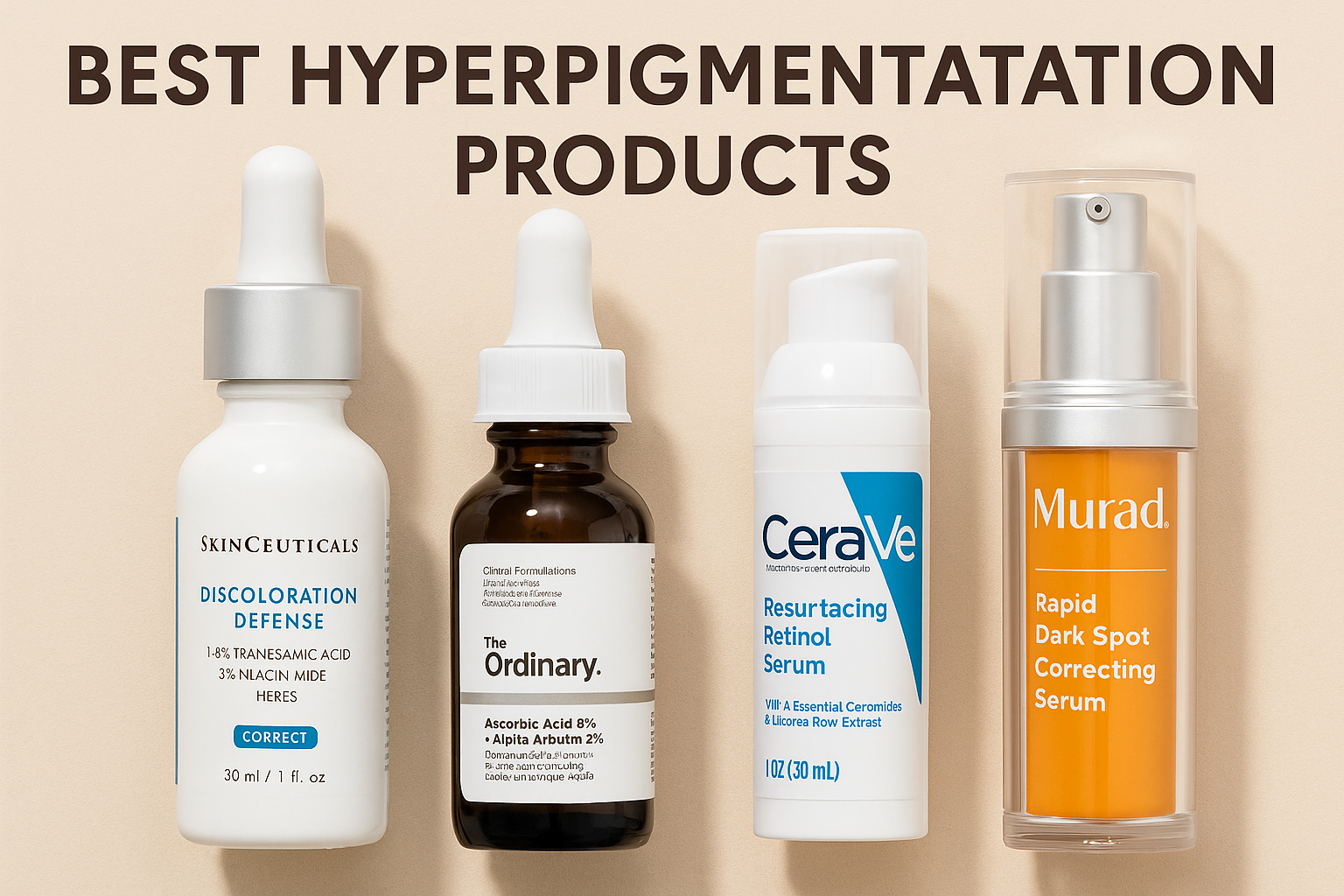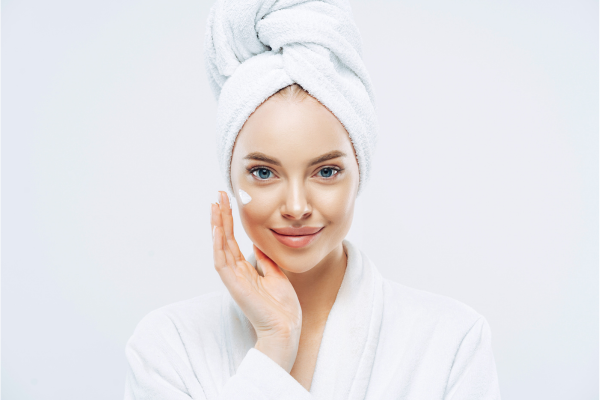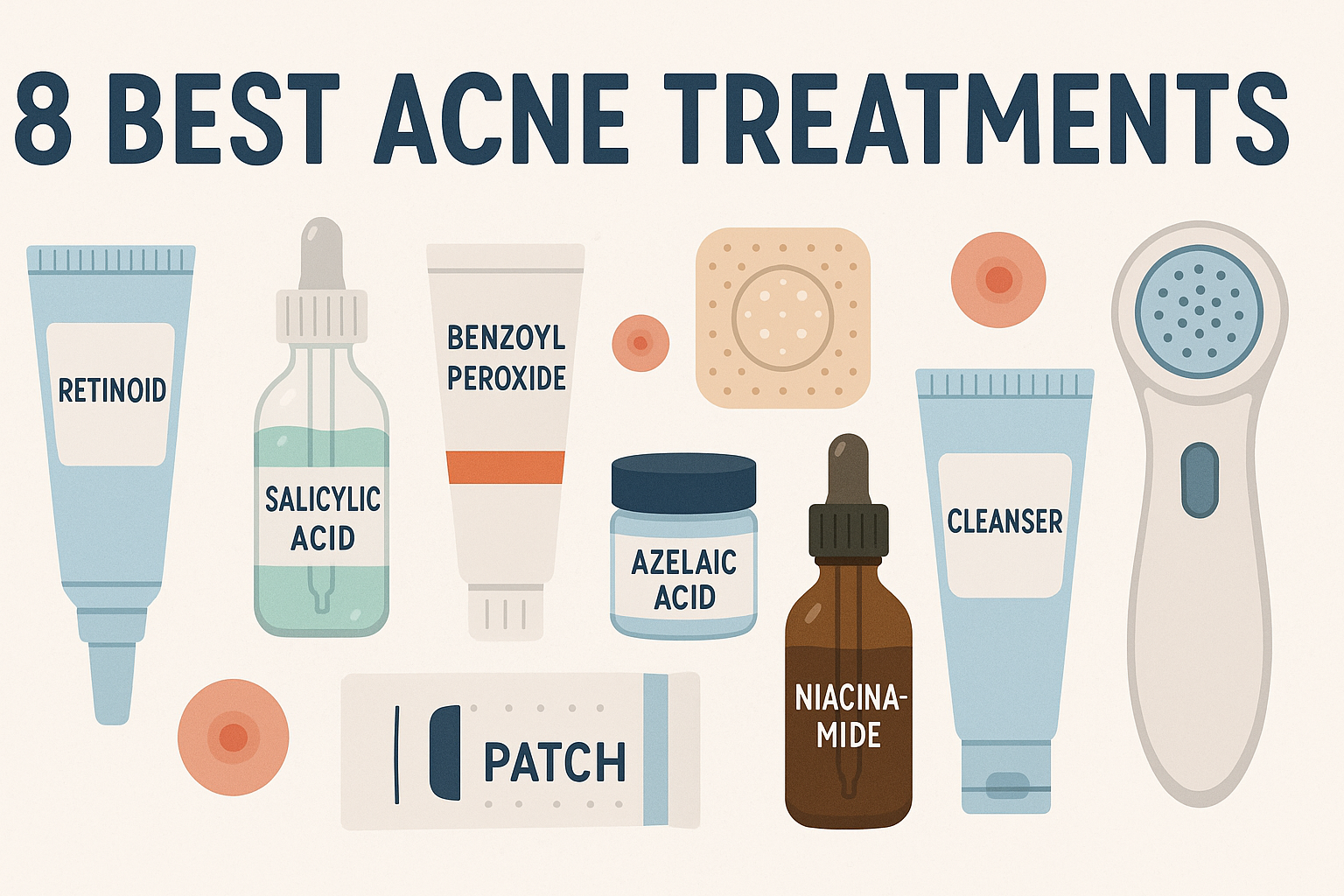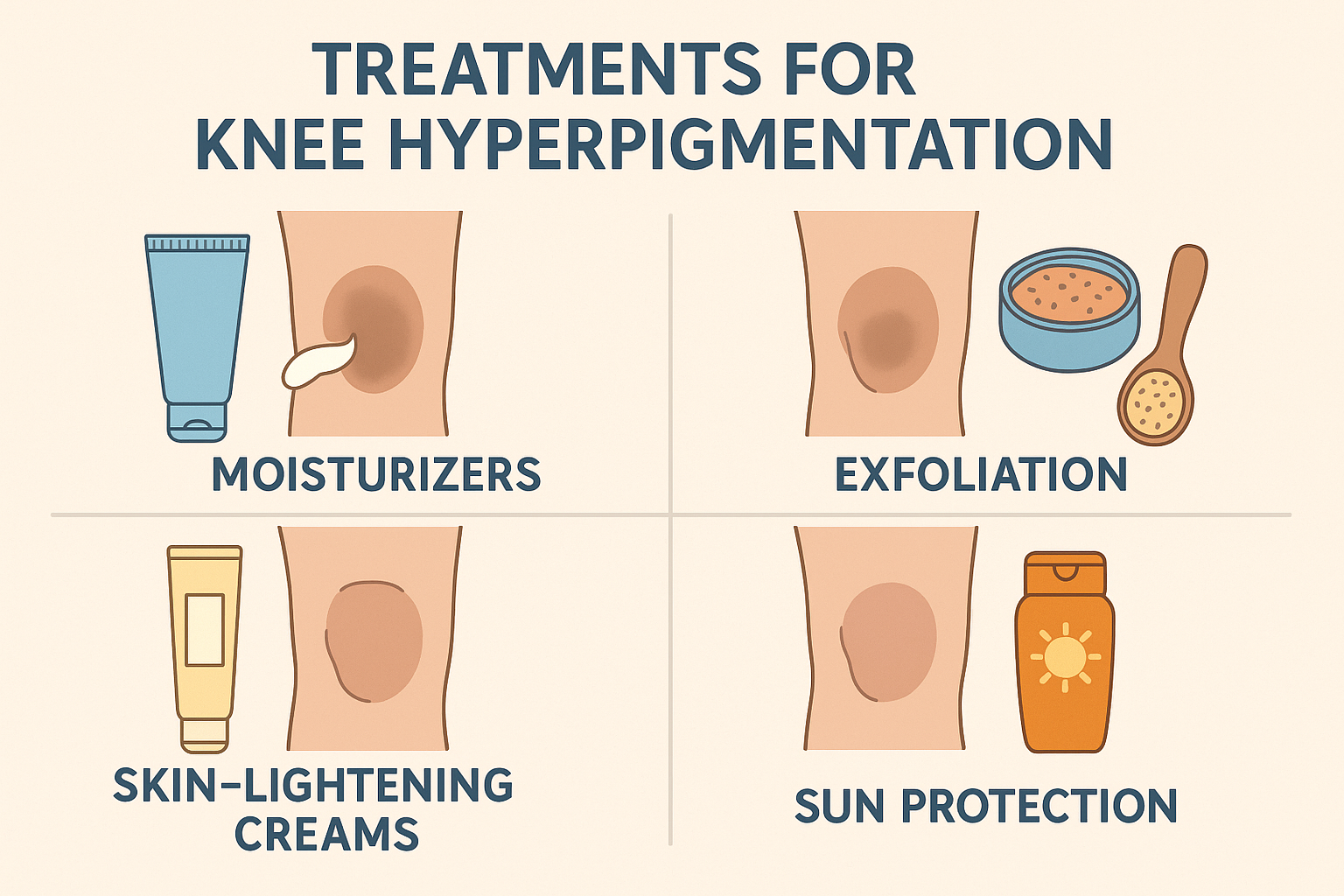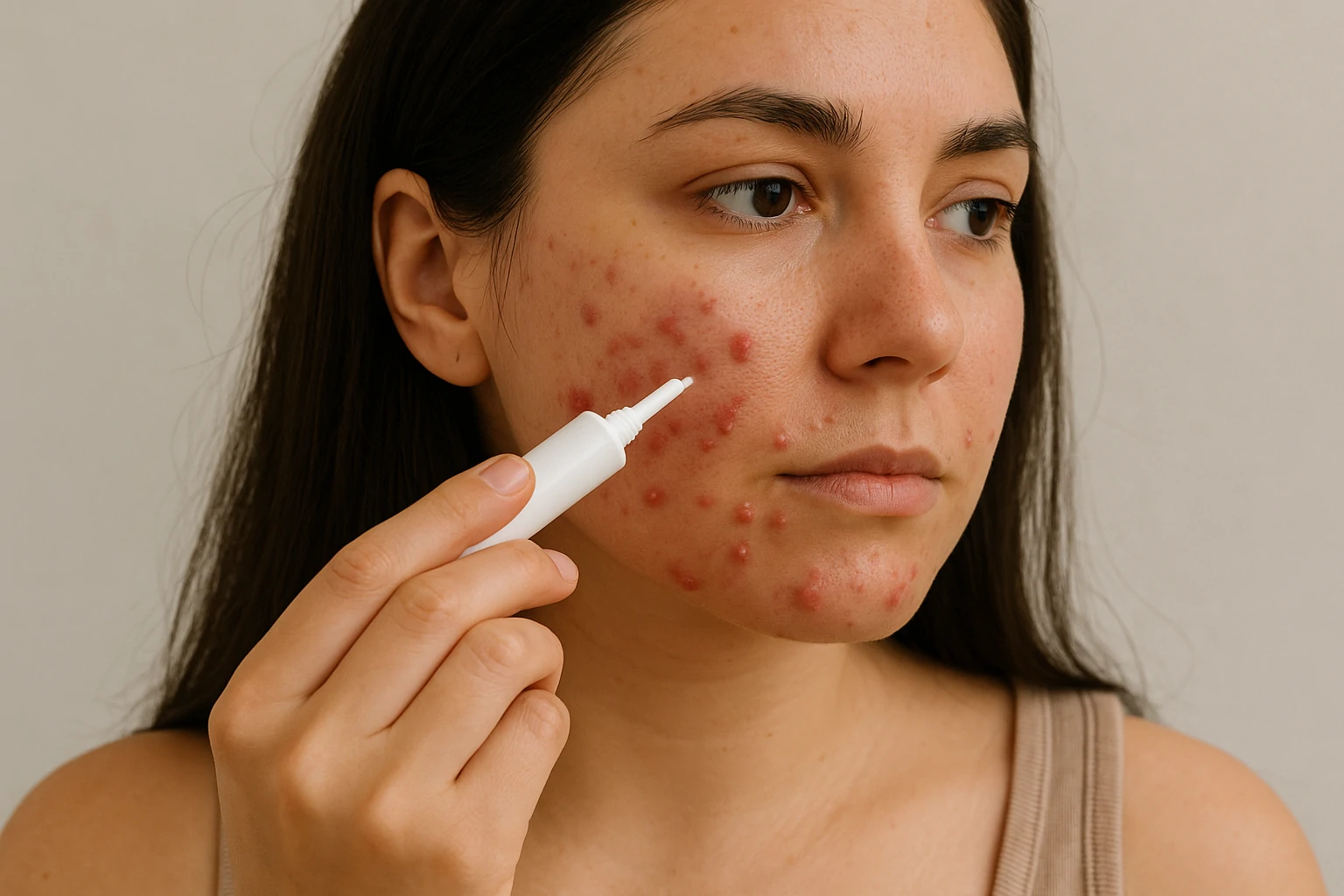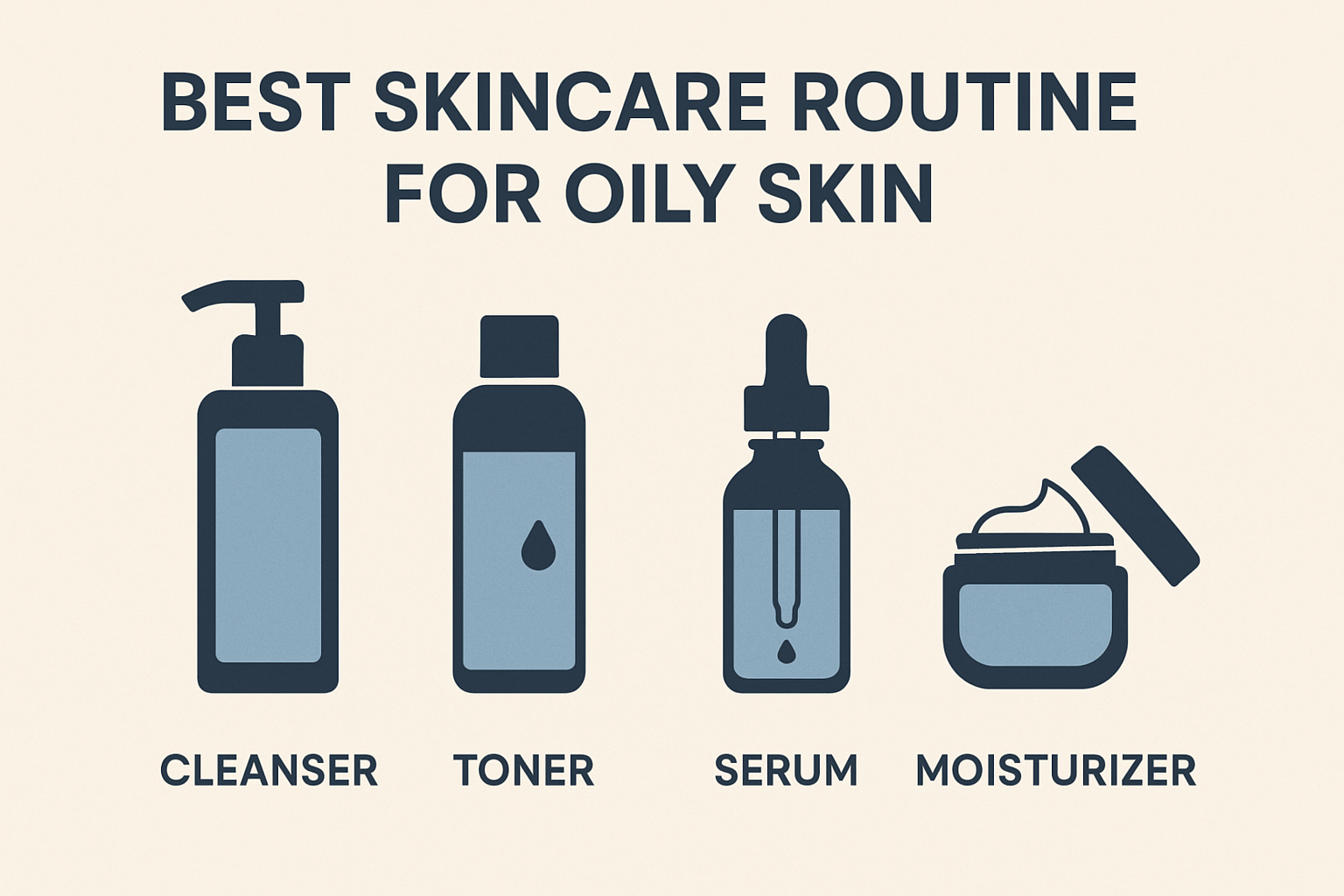Effective Ways to Prevent and Treat Upper Eyelid Wrinkles
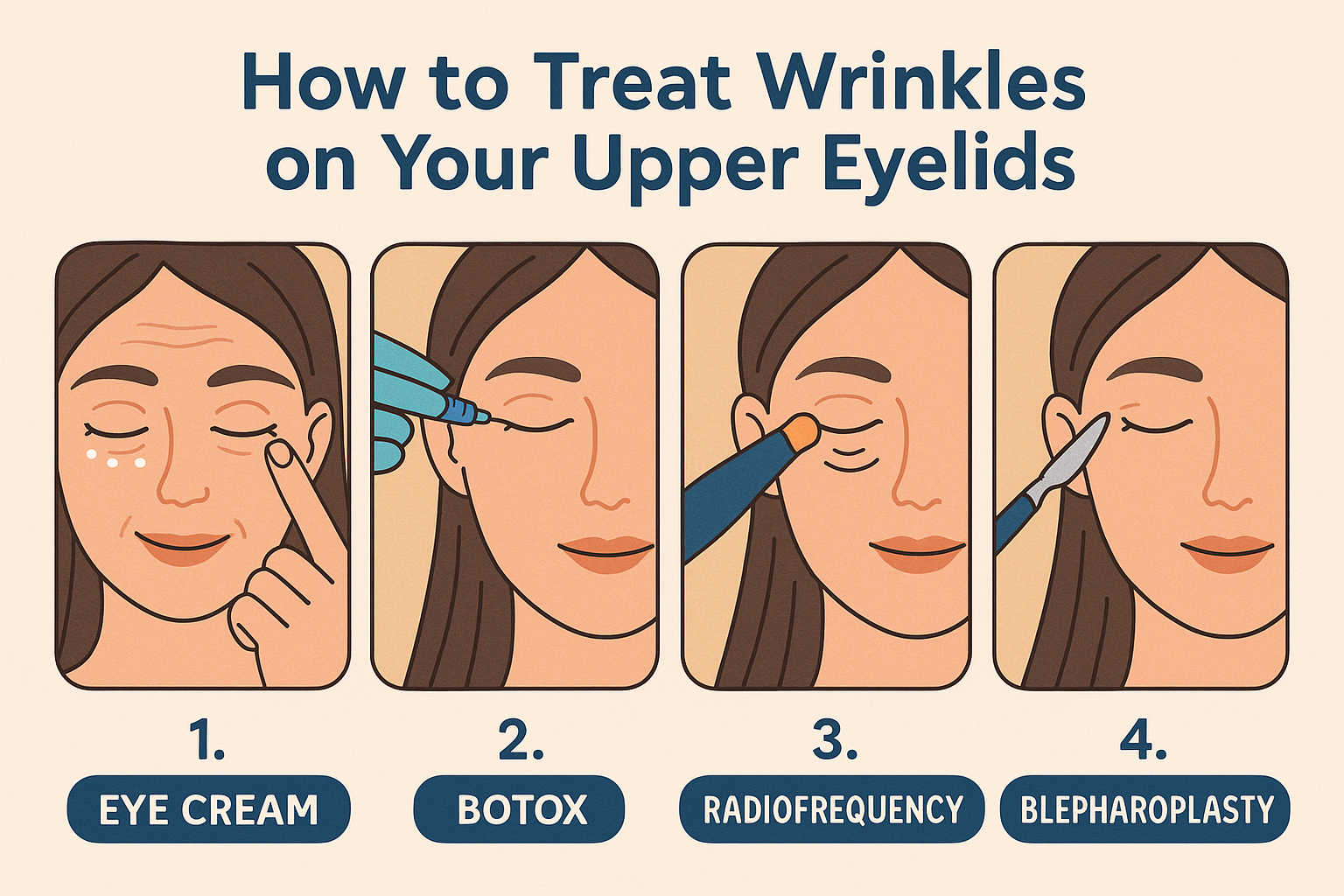
Eye creams designed to address puffiness, dark circles, and fine lines under the eyes are very popular, but the upper eyelids often receive less attention. However, the skin on the upper eyelids is just as vulnerable to similar issues as the skin under the eyes, including the formation of an Upper Eyelid Wrinkle. According to Dr. Amy Ross, a certified dermatologist, the skin on the upper eyelids shares similar characteristics with the skin under the eyes, such as being thin, sensitive, and prone to losing elasticity as we age. Additionally, the upper eyelids are often exposed to makeup, which can worsen the condition and contribute to wrinkle development.
As we age, the skin on the upper eyelids tends to sag and fold, which can affect the application of makeup, such as eyeshadow, leading to less-than-optimal results. This occurs due to a decrease in skin elasticity and a lack of proper care for the area. However, even though the upper eyelids are often overlooked, Upper Eyelid Wrinkle and sagging skin in this area can still be addressed with the right treatment. Dr. Ross and Dr. Rita Linkner, both certified dermatologists, recommend some preventive measures and treatments to improve this condition.
Regular care of the upper eyelids with suitable products and avoiding harsh ingredients can help maintain skin elasticity and firmness. Early prevention and better skincare in this area can help reduce the formation of Upper Eyelid Wrinkle and restore freshness around the eyes.
What Causes Eyelid Wrinkles
Eyelid wrinkles can be caused by a variety of factors that directly affect the elasticity and integrity of the skin in this area. The skin on the eyelids is very thin, making it more vulnerable to damage compared to other parts of the face. Dr. Amy Ross emphasizes that the epidermis and dermis layers on the eyelids are only a fraction of the thickness of skin on other areas of the face, which is why extra care is needed. Here are some main causes of eyelid wrinkles:
- Tugging or Pulling: Activities like pulling the skin when applying or removing makeup, or when using contact lenses, can damage the delicate skin structure on the eyelids. This motion creates excess pressure, which speeds up the formation of fine lines.
- Frequent Blinking: Blinking is a normal bodily function, but its high frequency—hundreds of times an hour—causes the skin around the eyes to move constantly. Dr. Rita Linkner explains that because this area is used so often, wrinkles tend to appear earlier around the eyes than in other areas.
- Dehydration: Skin that lacks hydration tends to appear dull and is more prone to wrinkling. Some anti-aging creams may be too harsh for the eyelid area, but there are specialized products that are safe and effective for maintaining moisture around the eye contour.
- Sun Exposure: UV rays damage collagen and accelerate aging. Since the skin on the eyelids is so thin, the effects of sun exposure occur more quickly here compared to other parts of the face.
Over time, the loss of skin elasticity is unavoidable, but with proper care, eyelid wrinkles can still be significantly reduced.
1. Use a Gentle Eye Makeup Remover to Avoid Tugging
Using a gentle eye makeup remover is essential to maintaining the health of the thin and sensitive eyelid skin. Although there is often a temptation to rub the eyes harshly to quickly remove makeup at the end of the day, this habit can damage the delicate skin structure in this area. Dr. Amy Ross, a certified dermatologist, explains that makeup itself is not the primary cause of wrinkles, but the way we remove makeup—especially when done with excessive pressure—can lead to irritation, inflammation, and speed up the formation of fine lines.
The skin on the eyelids has a protective layer of natural oils that helps maintain moisture and elasticity. If the makeup remover is too harsh or contains irritating chemicals, this protective layer can be stripped away, causing the skin to dry out and become more prone to damage. Therefore, using an eye makeup remover formulated specifically for sensitive areas is highly recommended. Such products should effectively remove makeup without requiring harsh rubbing and without stripping away the skin’s natural oils.
Proper cleansing techniques also play a key role in preventing wrinkles. Use a soft cotton pad and gently press it on the eye area, allowing the remover to work for a few seconds before gently wiping it off. This method helps protect the skin and minimizes the risk of damaging the delicate tissues around the eyes.
2. Do Eyelid Exercises
Eyelid exercises can help maintain the firmness of the skin and muscles around the eyes. The primary muscle involved in eyelid movement is the orbicularis oculi, a circular muscle around the eyes that controls the opening and closing of the eyelids. As we age, this muscle may weaken, causing the eyelid skin to sag or fold. Simple tightening exercises can stimulate this muscle, improve blood circulation, and help maintain skin structure.
One effective method is using pressure and resistance techniques with tools like the Facegym ball. Start by gently pressing the ball against the outer corner of the eye, just beneath the brow bone. Then, slowly lift the skin upwards to create tension. In this position, blink strongly ten times. This movement triggers the contraction of the orbicularis oculi muscle, providing an effect similar to muscle strength training for the eyes. Afterward, repeat the same steps on the other eye. It is recommended to perform this exercise four times a week for optimal results.
Eyelid exercises, although simple, can provide long-term benefits in maintaining skin firmness around the eyes, reducing wrinkles, and slowing the signs of aging. This exercise is also safe to do at home without the need for special equipment other than a soft small ball.
3. Put Down the Exfoliants
While exfoliating is an important step in skincare routines to remove dead skin cells and stimulate cell regeneration, this technique is not recommended for the eyelid area. The eyelid skin is one of the thinnest and most sensitive areas of the body, with an epidermis thickness of only about 0.05 mm. As such, abrasive actions like physical or chemical exfoliation can cause irritation, inflammation, or even damage the protective skin barrier in this area.
Dr. Amy Ross, a certified dermatologist, emphasizes that although exfoliation is effective for treating wrinkles in other parts of the face, this technique is not safe for the eyelids. The skin around the eyes has fewer oil glands, making it more prone to dryness and imbalance. If exfoliation is done in this area, excessive peeling may occur, which accelerates premature aging and worsens the appearance of wrinkles or sagging skin.
Instead of exfoliating, eyelid care should focus on hydration, protection from UV rays, and using products formulated specifically for the eye contour. These products usually have lower concentrations of active ingredients, are fragrance-free, and are safer for the delicate skin around the eyes.
Understanding the limitations of care around the eyes is crucial for maintaining long-term skin health. Avoiding aggressive techniques like exfoliation helps prevent damage and slows the natural aging process of the eyelids.
4. Use a Hydrating Eye Mask
Maintaining moisture around the eyelids is a crucial step in slowing down the signs of aging, such as wrinkles and fine lines. Dr. Amy Ross emphasizes that hydration is the most important factor in maintaining the health and elasticity of the skin around the eyes. This area is very thin and has few oil glands, making it more susceptible to dehydration and dryness, which accelerates wrinkle formation.
Using eye masks containing intensive moisturizing ingredients is an effective solution for addressing this issue. One example is the Vitality-Enhancing Eye Mask Supreme by Clé de Peau Beauté, specifically designed to gently refresh and hydrate the eye area. These masks typically contain active ingredients such as hyaluronic acid, peptides, or botanical extracts that work to attract and lock moisture into the skin, while also helping to reduce the appearance of tired eyes.
When used regularly, eye masks can boost skin hydration, strengthen the skin barrier, and make the skin appear smoother and more supple. The cooling or soothing effects of the mask can also help reduce puffiness, making it a beneficial addition to any eye skincare routine.
Hydration-focused treatments provide long-term benefits and are safe for sensitive skin around the eyes, without the irritation typically caused by potent active ingredients.
5. Apply a Collagen-Boosting Eye Cream
Applying an eye cream that stimulates collagen production is an important step in the care of the delicate and age-prone skin around the eyes. Dr. Rita Linkner emphasizes that active ingredients like peptides play a significant role in supporting the formation of new collagen in the dermal layer. Collagen is the main structural protein that maintains the firmness and elasticity of the skin. As we age, collagen production naturally decreases, leading to fine lines and wrinkles, especially around the eyes, where the skin is the thinnest on the face.
Eye creams containing peptides work by stimulating fibroblasts—collagen-producing cells in the skin—thus enhancing the density and elasticity of the tissue. Products like the Complete Eye Cream by Colleen Rothschild combine peptides with natural botanical ingredients such as antioxidants and emollients, which help soothe the skin, protect against free radicals, and maintain optimal skin moisture.
For maximum results, it is recommended to use the eye cream twice a day. In the morning, the eye cream serves as protection from other active ingredients, UV rays, and pollution. At night, it supports the skin’s repair processes, which are more active during sleep. Routine application helps diminish fine lines, reduce the appearance of wrinkles, and strengthen the skin structure around the eyes.
6. Use Eyeshadows With SPF
While sunscreen has become a standard part of facial skincare routines, the upper eyelid area is often neglected. However, the skin in this area is very thin and sensitive, making it more prone to damage from sun exposure. Therefore, using eyeshadows that contain SPF (Sun Protection Factor) can be a practical and effective solution to provide additional protection for this area.
Eyeshadows like those from Supergoop! are formulated with SPF protection derived from mineral ingredients such as zinc oxide or titanium dioxide, as well as chemical compounds that are proven safe for the skin. Their formulas are long-lasting, highly pigmented, and comfortable to wear throughout the day. In addition to providing color, these products serve a dual purpose as UV protectors, thus supporting the health of the eyelid skin.
However, Dr. Amy Ross emphasizes that the effectiveness of SPF protection from eyeshadows is only optimal when used consistently. Since most people don’t wear eyeshadow every day, she recommends wearing UV-protective sunglasses as an additional step to protect the eyes and surrounding skin from direct sun exposure.
7. Avoid Using Retinol Products
Retinol in skincare has been proven effective in addressing signs of aging such as fine lines and hyperpigmentation. However, on the very thin and sensitive eyelid skin, retinol-containing products should be avoided. Dr. Amy Ross explains that retinol has a penetrative ability, and because the eyelid skin has an extremely thin epidermis, the risk of irritation is much higher compared to other areas of the face.
Retinol works by speeding up skin cell turnover and stimulating collagen production. While this is beneficial in some areas, on the eyelids, retinol can cause excessive peeling, redness, and a burning sensation. Long-term use can even thin the epidermal layer, increasing sensitivity to UV rays and disrupting the skin barrier. Dr. Rita Linkner adds that irritant reactions like contact dermatitis or eczema often occur if retinol is applied near the eyes, especially in people with reactive or dry skin.
Additionally, retinol can increase the risk of microtears, especially if one frequently plucks or waxes eyebrows. Skin weakened by retinoids is more prone to tearing or inflammation.
As a safer alternative, opt for eye creams with gentler ingredients such as peptides, niacinamide, or hyaluronic acid, which support skin health without causing irritation.
8. Relieve Puffiness Around the Eyes
Puffiness around the eyes, or periorbital puffiness, is a common condition that can exacerbate the appearance of wrinkles and make the skin look wrinkled, like thin paper. This is typically caused by fluid retention, poor circulation, or mild inflammatory responses due to lack of sleep, allergies, or oxidative stress. According to Dr. Amy Ross, traditional treatments like using cold cucumber slices remain relevant because they contain active compounds like ascorbic acid (vitamin C) and caffeic acid. Both have anti-inflammatory and antioxidant properties that can help reduce swelling and soothe irritation on the delicate skin around the eyes.
In addition to natural methods, using eye care products with active ingredients is highly recommended to address puffiness and wrinkles more effectively. For example, Epara Skincare’s Eye Serum contains bamboo silk that instantly smooths the skin, niacinamide (vitamin B3) that helps repair the skin barrier and improve elasticity, and frankincense oil, which has anti-inflammatory and calming properties. The combination of these ingredients works synergistically to reduce swelling, brighten the under-eye area, and gradually reduce the appearance of fine lines.
With regular use and gentle application techniques, puffiness around the eyes can be minimized, providing a fresher, firmer, and more youthful look.
9. Apply Products Sparingly
Dr. Rita Linkner reminds us that due to the rapid absorption of products in the eye area, skincare products should be applied sparingly. Overuse can lead to irritation, and may even worsen skin issues such as inflammation or puffiness. Moreover, since the eyelid skin doesn’t have many protective layers, excessive concentration of active ingredients can cause harmful reactions like heightened sensitivity or allergic reactions.
It is important to choose lightweight products designed specifically for the eye area, so as not to overwhelm the skin with excess chemicals or oils. Using small amounts of products consistently will yield optimal benefits, such as reducing fine lines, wrinkles, or puffiness, without the risk of irritation.
Additionally, application techniques are key. Applying products gently with the ring finger or a soft applicator helps avoid excessive pulling or pressure on the delicate skin around the eyes. This ensures the product works more effectively, prevents wastage, and keeps the skin healthy.
10. Invest In LED Light Therapy Glasses
LED light therapy is becoming increasingly popular as an effective skincare treatment for addressing signs of aging. Red and infrared light penetrate deeper skin layers, stimulating collagen production and improving skin texture. Collagen is an essential protein that maintains skin firmness and elasticity, and its production tends to decrease as we age, contributing to wrinkles and sagging skin. By enhancing collagen, LED light therapy can help skin appear firmer and smoother, reducing signs of aging.
Although full-face LED light therapy devices are more commonly known, there are now versions specifically designed for the eye area, such as the DRx SpectraLite EyeCare Max Pro by Dr. Dennis Gross. This device uses LED technology tailored to treat the sensitive skin around the eyes. With regular use, it can help reduce wrinkles, fine lines, and signs of aging around the eyes without the risk of irritation that often occurs with more potent topical products.
Investing in LED light therapy glasses provides a non-invasive, effective, and convenient solution for rejuvenating the skin around the eyes. Additionally, this therapy can improve blood circulation, enhance skin tone, and stimulate skin cell regeneration, all contributing to a fresher and more youthful eye appearance.
11. Go for the Pro Treatments
If topical skincare products like eye creams aren’t yielding the desired results, professional treatments may offer a more effective solution for addressing wrinkles and sagging skin around the eyes. One popular procedure is Botox injections or similar products like Dysport. Botox works by blocking the nerve signals that cause muscle contractions, thus reducing wrinkles around the eyes, especially in the crow’s feet (wrinkles at the corners of the eyes) and upper eyelids. The result is smoother skin and a more youthful appearance with relatively quick recovery time.
In addition to Botox, professional chemical peels can also be considered to treat wrinkles and uneven skin texture. The chemical peeling process involves the application of specific chemicals that exfoliate the skin’s outer layer and stimulate new skin cell formation. Chemical peels formulated with gentler ingredients such as glycolic acid or lactic acid can provide exfoliation effects without irritating the delicate skin around the eyes.
Botox injections and chemical peels offer long-term solutions for reducing signs of aging, particularly for those who desire more immediate and noticeable results compared to topical products.
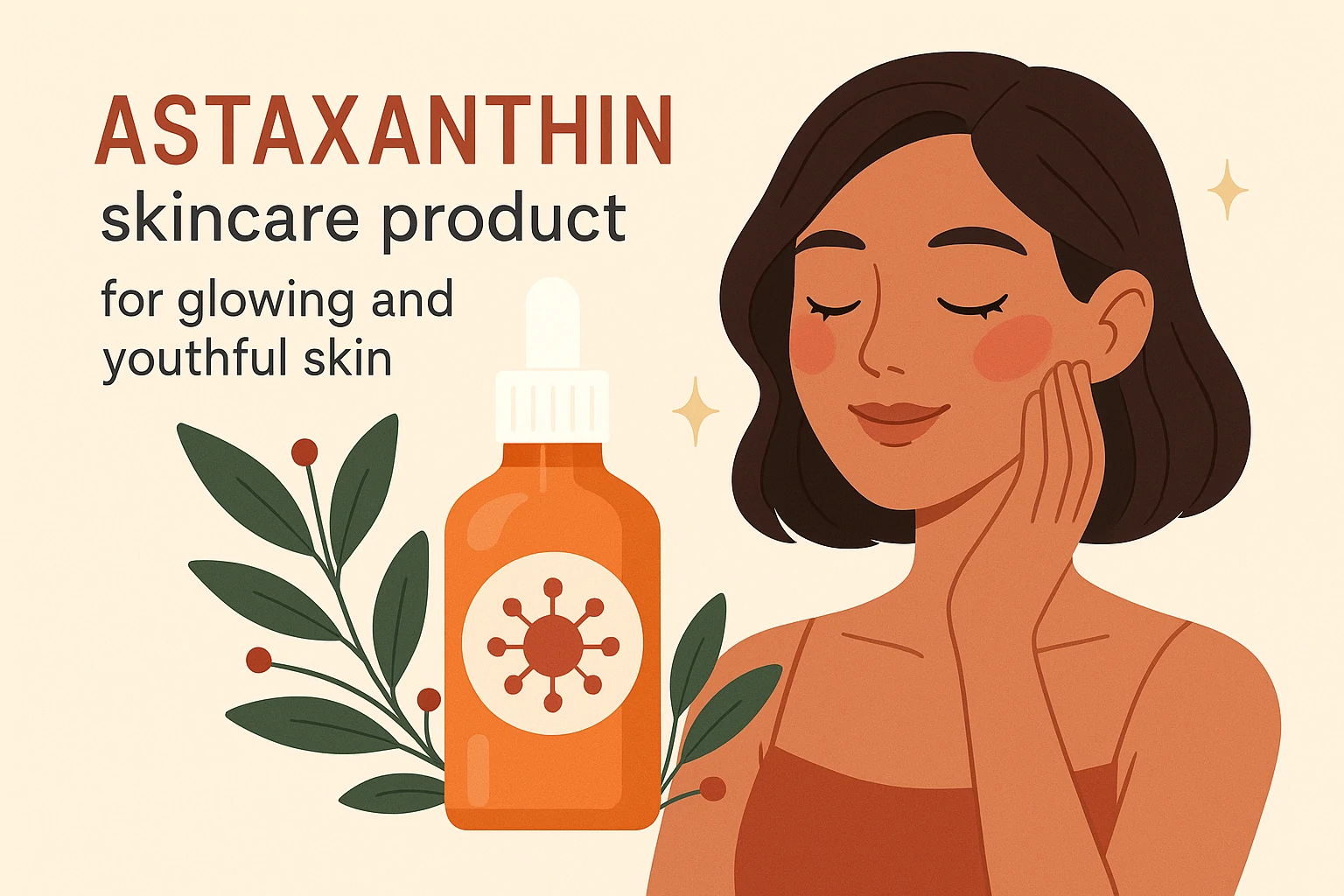

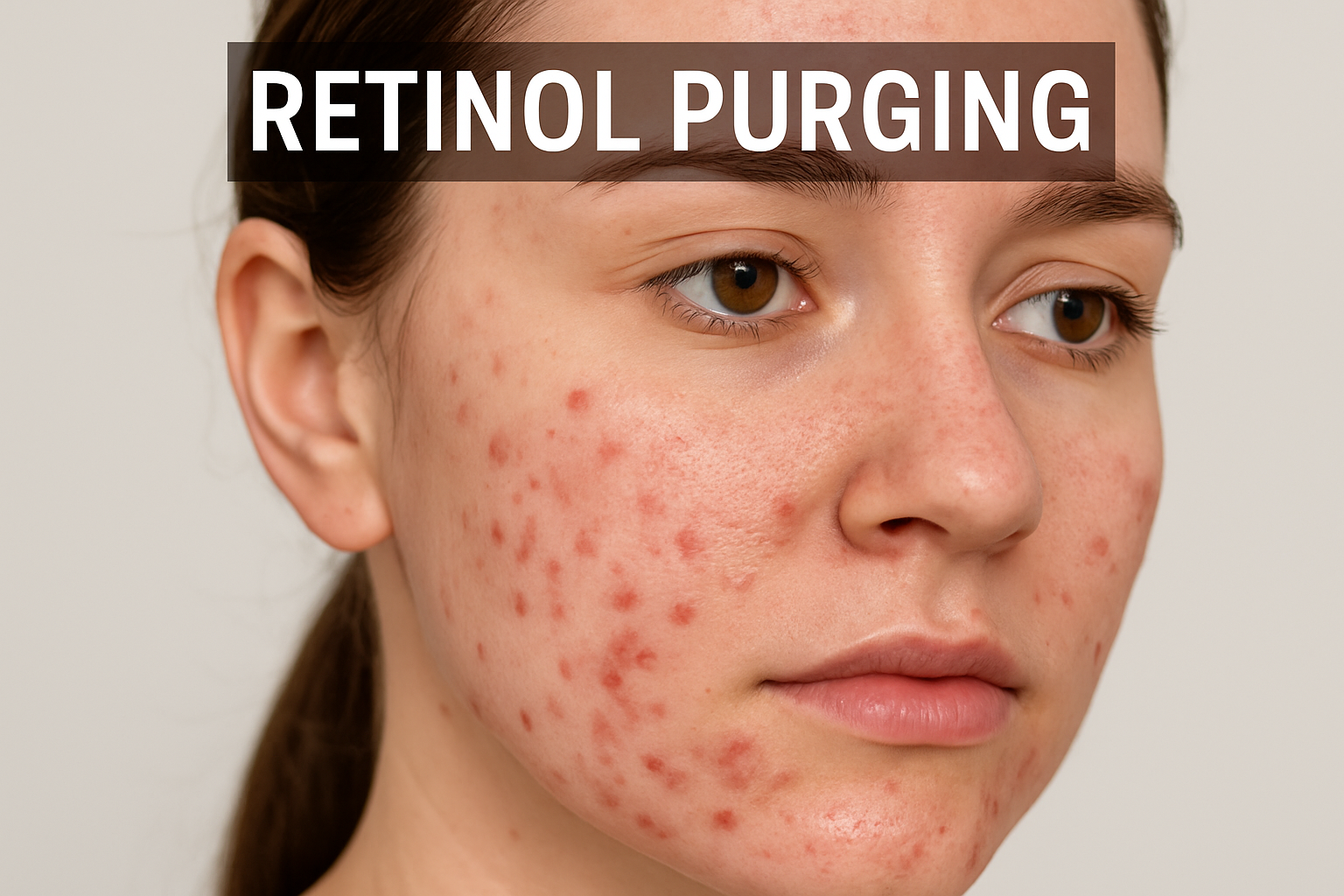
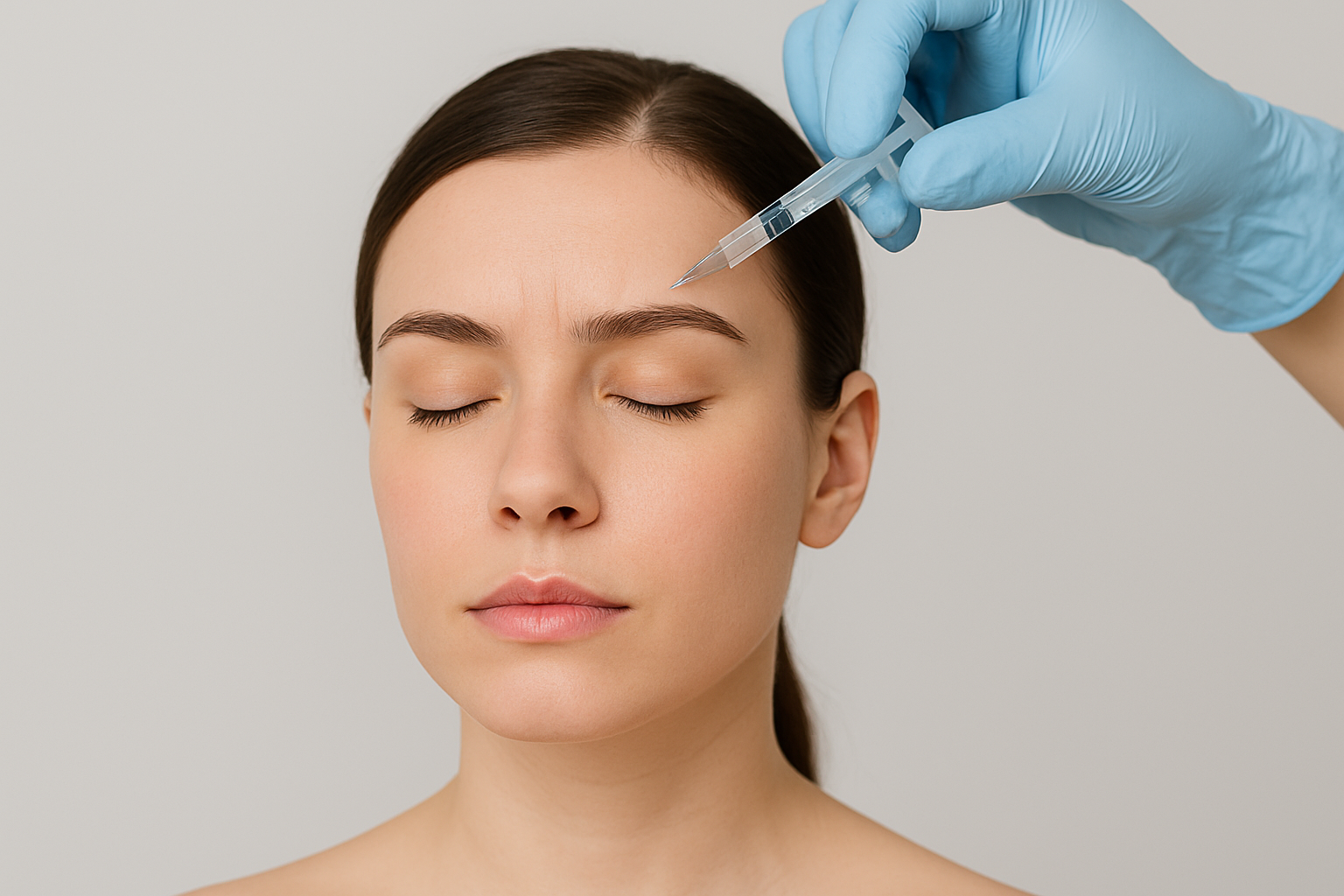
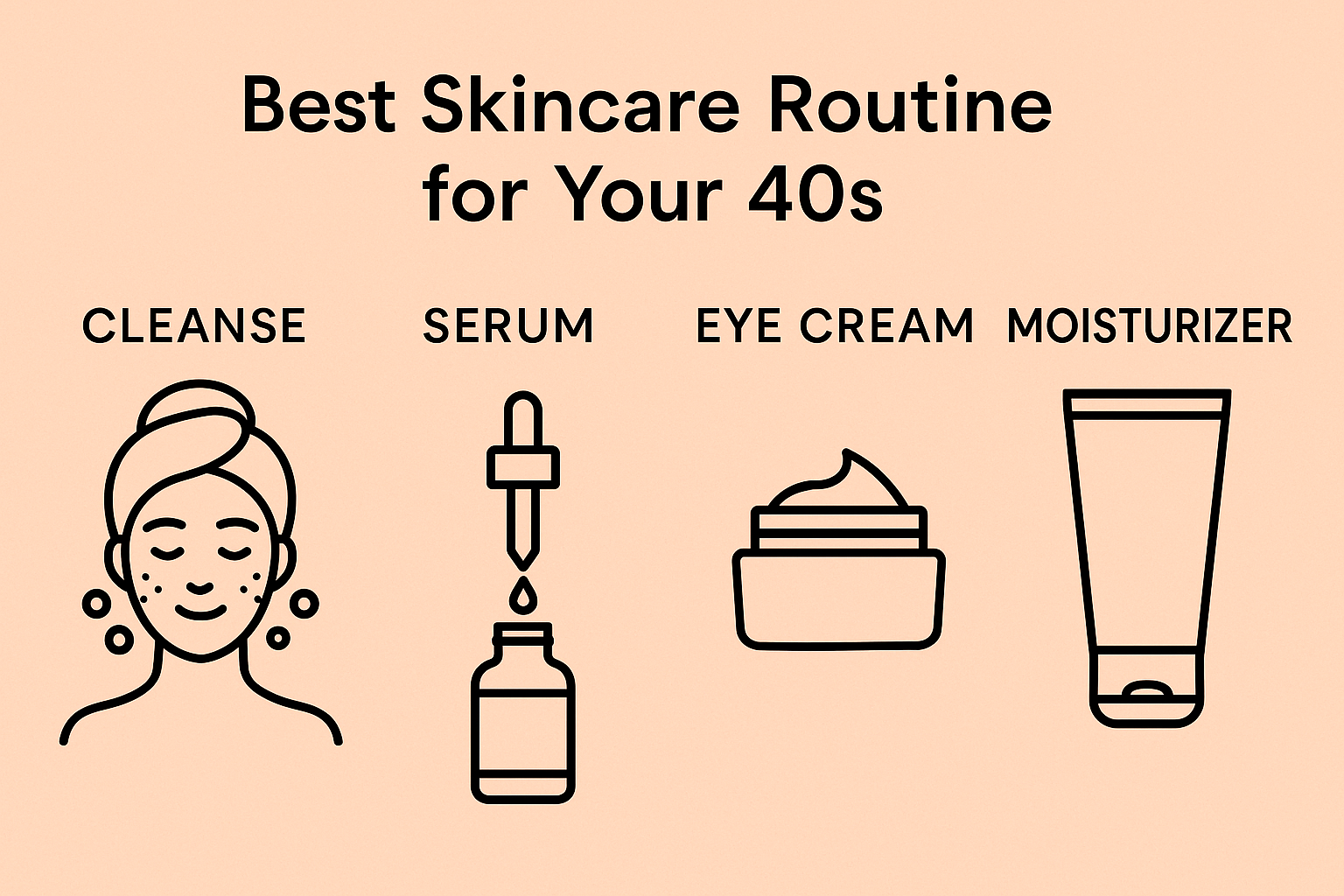
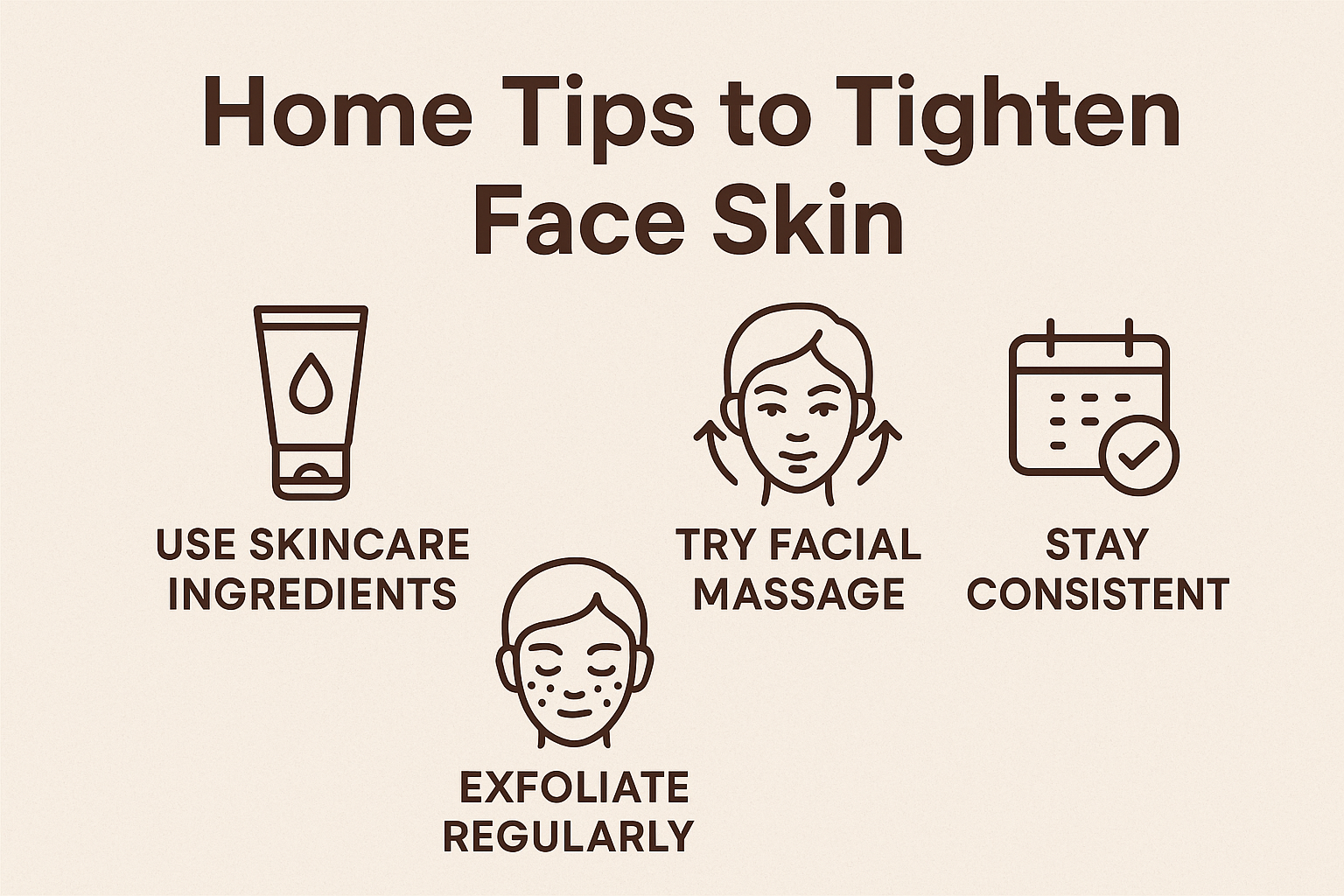
 Acne
Acne Anti-Aging
Anti-Aging Business
Business Digital Marketing
Digital Marketing Economics
Economics Movies
Movies Personal Finance
Personal Finance Websites
Websites
